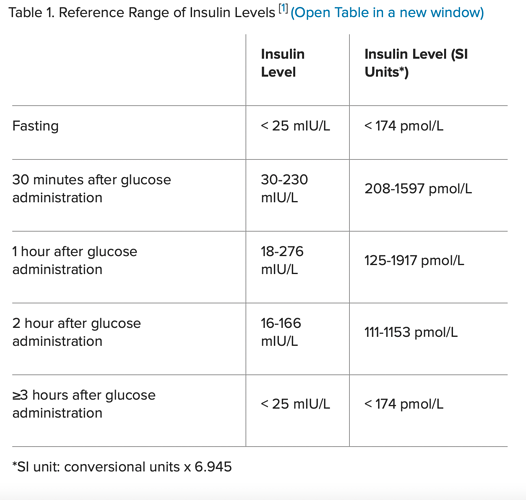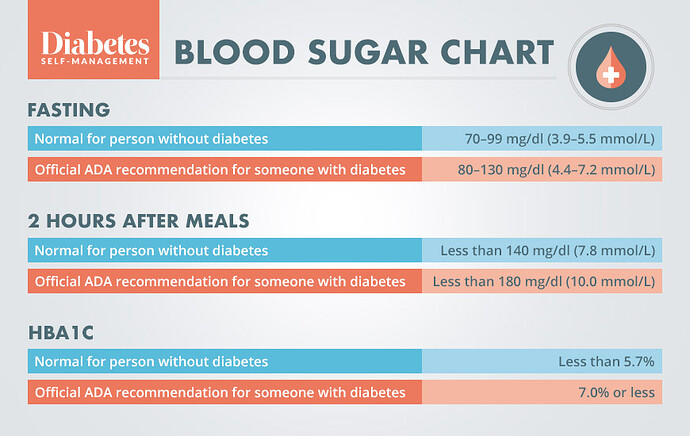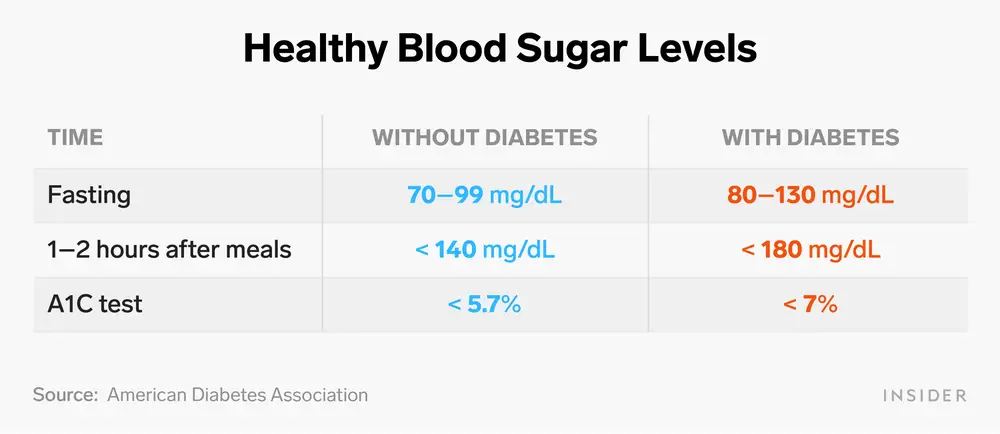Ah, living in the US is a pain too - we have different ways of measuring pretty much everything compared to the rest of the world and its a major pain the butt… measuring blood sugar and insulin levels is an example, but kg/lbs, km vs. miles, … its all just a royal pain. I wish the US would just get with the program…
Generally people don’t,I believe, see any change in blood glucose levels in the low-dose rapamycin protocols that we follow, and therefore, I assume also insulin levels.
But I have heard that it can be an issue in long term, high levels of Rapamycin as is used in transplant patients. See this paper: Chronic Rapamycin Treatment Causes Glucose Intolerance and Hyperlipidemia. Some researchers are saying this issue caused by rapamycin isn’t really a problem and goes away if you stop it (I think similar blood sugar / insulin responses can be seen in caloric restriction protocols that are also proven to extend lifespan and mammal health). So… its complex. Here is a related paper by Blagosklonny on this issue: Fasting and rapamycin: diabetes versus benevolent glucose intolerance
But - lets back up for a minute… help me understand what the insulin measure you mentioned is measuring example, and if you know of an equivalent measure in the US, please let us know…
My first response to your question is “what is a non-fasting insulin level of 2” even mean? Its not a measure I’ve ever seen in the US. I’m not at all diabetic, and I may have just never looked up fasting insulin testing - but I am now. So , for lets first understand what you’re saying here…
Here is a good site for Blood Glucose conversion tables (for USA vs. Rest of the world)
Not sure if this is what you were talking about - but I see a reference for blood glucose measure of 2 mmol/L is equal to about 36 mg/dl. Is that the measure you’re talking about?
Here are the different measures I see when I look up fasting insulin levels on Medscape.com - one of the leading medical websites:
But your measure of “2” doesn’t map to here so… I’m not sure if this is just a typical “US out of sync with the rest of the world” issue - or something else.
Typically what I look at are the Blood glucose levels - and that is what I use my finger prick solution and my continuous glucose monitor for - to monitor fasting and post prandial (after eating) blood glucose levels.
There are also the longer term average measures allowed by A1C tests:



